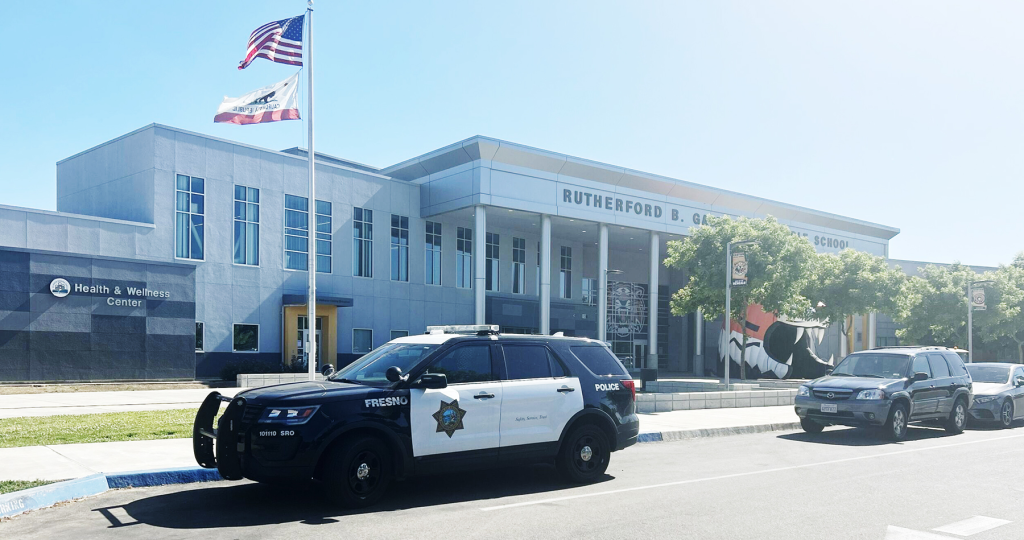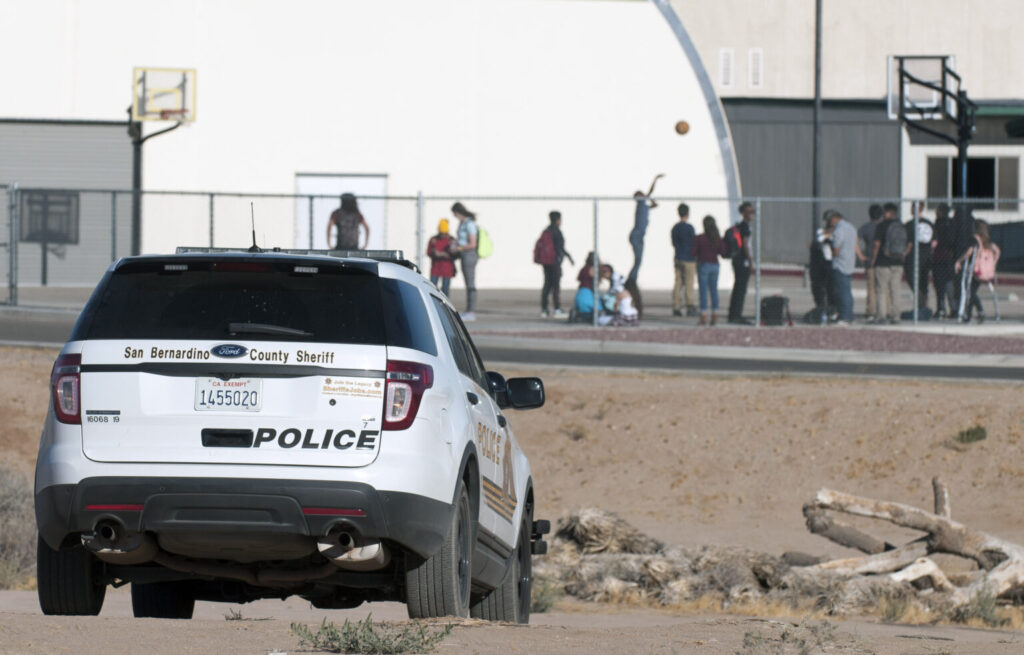EdSource’s comprehensive report on policing in California schools reveals that nearly a third of police calls are for serious incidents, with over a third of these involving violence.
The data, sourced from nearly 46,000 police calls covering 852 school sites, showcases the extensive presence of police in educational settings across the state.
Incident Breakdown:
About a third of all police calls were for serious incidents that warranted police intervention. Among these serious incidents, over a third involved violence, including self-harm.
Variety of Incidents:
The incidents ranged from severe cases like attempted murder and sexual assaults to more mundane issues like injured animals and vandalism.
Some unusual calls included a squirrel with an injured leg, an indecent exposure incident involving a man in a high school pool, and a burnt English muffin setting off a school alarm.
Geographical Spread:
The report covers a vast geographical area, from Crescent City in the north to Calexico in the south, and includes urban, suburban, and rural schools.
The analysis highlights specific schools and incidents to illustrate the broad scope of issues that lead to police involvement.

Impact on Students:
The presence of police in schools is controversial, with debates ongoing about its necessity and impact on students, especially after the George Floyd incident.
There are arguments on both sides: some see police as essential for safety, while others view them as contributing to a climate of fear and mistrust, particularly among students of color.
Local Control and Policies:
The California Department of Education does not provide consistent guidance on school policing, leaving decisions largely to local districts.
Some districts have their own police departments, while others rely on municipal or county law enforcement.
Differences in policing practices and the level of police presence vary significantly across districts.
Calls for Reform:
Some communities and advocacy groups, like the ACLU, argue for the removal of police from schools, suggesting that their presence is discriminatory and counterproductive.
Alternatives to policing, such as increased mental health support and restorative justice practices, are being explored and implemented in some districts.
Case Studies and Incidents:
Specific incidents, like the multiple serious calls at Burroughs High School in one day and the high volume of calls from Lemoore High School, are highlighted to show the intensity and variety of situations requiring police involvement.
The report also discusses the broader implications of these incidents for school safety and student well-being.
Conclusion:
The EdSource report underscores the complexity of school policing in California. While police presence in schools is often justified as necessary for maintaining safety, it also raises significant concerns about the potential negative impacts on students, particularly marginalized groups.
The debate over the appropriate level and type of policing in schools continues, with calls for more data-driven and community-sensitive approaches to ensure the safety and well-being of all students.
Read more news:
